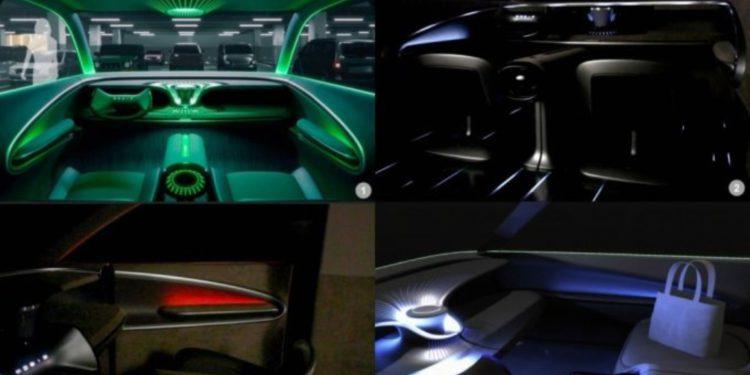human-centric interior lighting has recently unveiled a smart in-vehicle lighting system designed to alleviate drivers’ stress and incorporate ultraviolet disinfection capabilities. The “human-centric interior lighting” system can produce 32 patterns in response to drivers’ biorhythms, health conditions, and the surrounding environment. Developed by the Hyundai affiliate, the system engages with the driver by dynamically adjusting its colors, brightness, and patterns in real time.
The innovative ‘human-centric interior lighting‘ concept introduced by Hyundai Mobis differs from conventional vehicle lighting. By recognizing users’ biological rhythms and the context of their usage environment, the system changes the vehicle’s interior lighting into an array of colors, brightness levels, and patterns to create an interactive experience.
This development supports the evolving landscape of the global automotive industry, emphasizing future mobility environments such as electric vehicles and autonomous driving, aiming to enhance user satisfaction and experience through a reimagined purpose and function of vehicle interior lighting.
The system can analyze drivers’ heartbeat, eye blinking, and stress levels, dynamically displaying relevant colors to reflect the driver’s condition, leveraging core technologies like eye-tracking and biometric control. For example, when stress levels are elevated, the system emits a red light to prompt drivers to recognize their state and alleviate stress during their journeys.
Hyundai Mobis‘ ‘human-centric lighting’ is evolving beyond mere color changes or mood lighting. The system actively syncs with users’ biological rhythms, health status, and the external environment, offering 32 specific patterns.
Key functionalities include reducing driver stress and motion sickness, responding to the external environment, preventing the risk of getting off, avoiding door jams, and incorporating ultraviolet (UVC) sterilizing lighting for enhanced user safety.
Also, the integrated sensors detect blind spot hazards, such as two-wheeled vehicles, and display warnings with lights to prevent safety accidents during disembarking. Additionally, the system calculates the distance to adjacent cars and displays the risk of door bumping through color-coded indicators, avoiding potential collisions. The integration of ultraviolet (UVC) sterilizing lights further enhances safety by activating when the vehicle is unoccupied for a specified duration.
Throughout the development process, Hyundai Mobis has secured the necessary hardware and software design capabilities and electronic system control technology to implement these advanced functions.
The company aims to enhance user experience, safety, and convenience by combining its hardware expertise with software-centric technologies. Lee Hyun-woo, Senior Vice President of the module business unit at Hyundai Mobis, emphasized the evolving function and purpose of vehicle interior lighting towards actively supporting human health and safety. The company aims to be dedicated to offering solutions tailored to the future of mobility.
Also Read:
- KT Unveils AI Lingo Phone: A Tailored Solution for Small Business Success
- Kakao Unveils Honeybee: A Multimodal Large Language Model Transforming AI Boundaries
- It’s here! Samsung’s AI-Powered Galaxy S24 Series Hits the Market
- SK On Deepens Collaboration with Solid Power for Advanced Battery Solutions
- Korean Automakers Sweep 2023 Good Design Awards with Hyundai, Kia, and Genesis Triumphs







